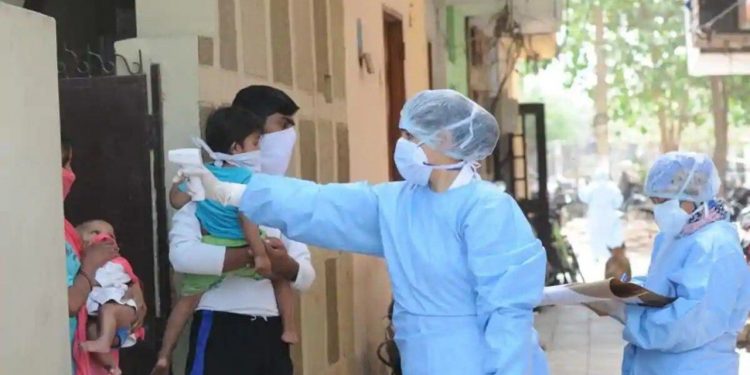Bhubaneswar: Institutions involved in the sero survey of Berhampur as well as coronavirus experts in the state claim that some pockets of the Berhampur, capital of Ganjam district, might have developed herd immunity against COVID-19 in the last few months.
Their claims are based on reports that the seroprevalence in some areas of the city is about 60 per cent with the majority of the people not showing any symptoms of being infected. Experts claim that this may provide the residents of the region natural protection against the pandemic.
“It is likely that the residents in the areas where seroprevalence is up to 60% have possibly developed herd immunity which can prove to be a natural vaccine against the virus. This was the first phase of our survey. We hope to get a clearer picture in the next survey report,” Dr Sanghamitra Pati, Director, Regional Medical Research Centre (RMRC), told Orissa POST.
She, however, denied the possibility of community transmission in the areas, citing the return of lakhs of migrants to the district during the pandemic.
Former director of All India Institute of Medical Sciences (AIIMS), Bhubaneswar, Dr Ashok Mohapatra accepted that sero prevalence of 50 per cent to 60 per cent with no symptoms hint towards herd immunity and claimed that unless the sample size is large enough as well as uniform, it would be scientifically incorrect to say that there is herd immunity.
“To arrive at a scientific conclusion, we need a large sample for testing and the testing should be uniform and taken from different parts of the region. Herd immunity comes with the exposure to the virus over a long period – about four to six months,” Dr Mohapatra said.
Mohapatra further said that herd immunity does not occur unless the pandemic is four to six months old.
Others claim that there are other reasons involved in herd immunity. “Up to 60% seroprevalence hints that the region is headed towards herd immunity. In this situation, some would be infected, while others will get immunity. However, this also depends on RO which is an indication of the virus’ rate of reproduction. An RO below one hints at low transmission,” said Dr Manoj Sahu, who is associated with WHO for Hepatitis Eradication and Coronavirus Prevention.
Manish Kumar, OP






































